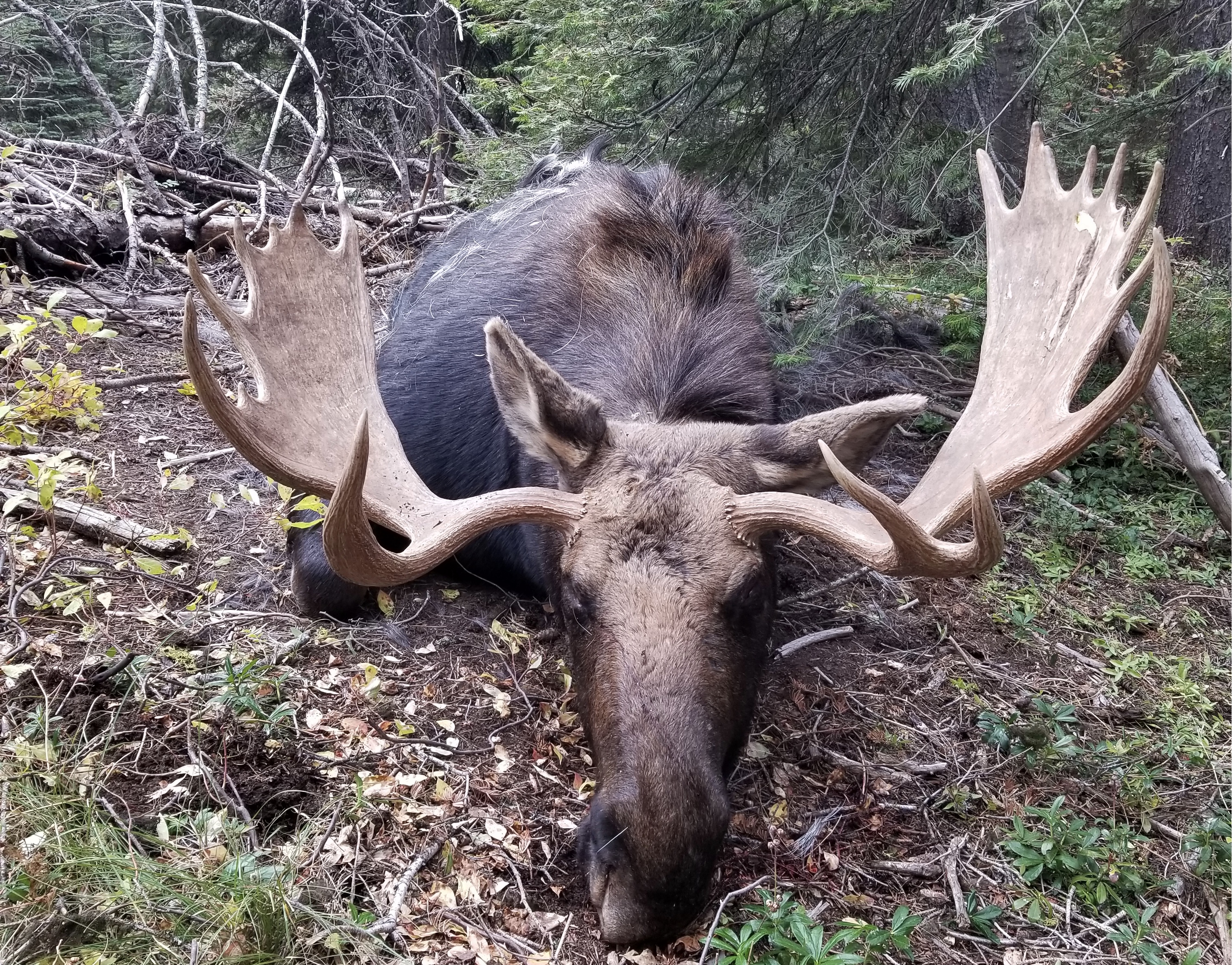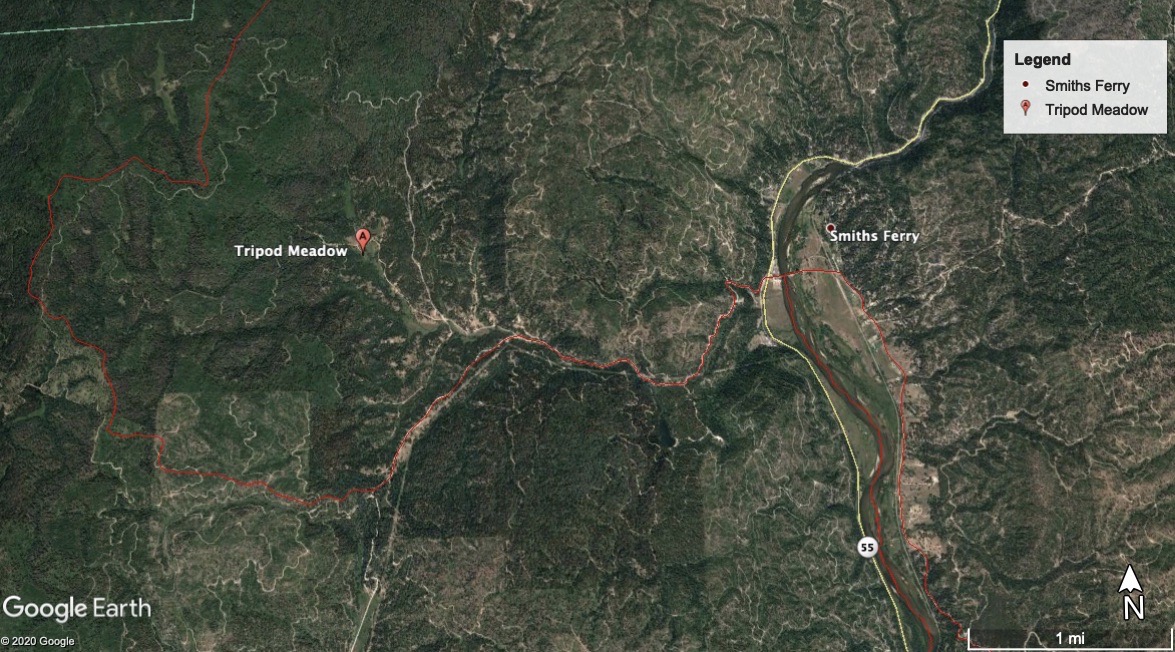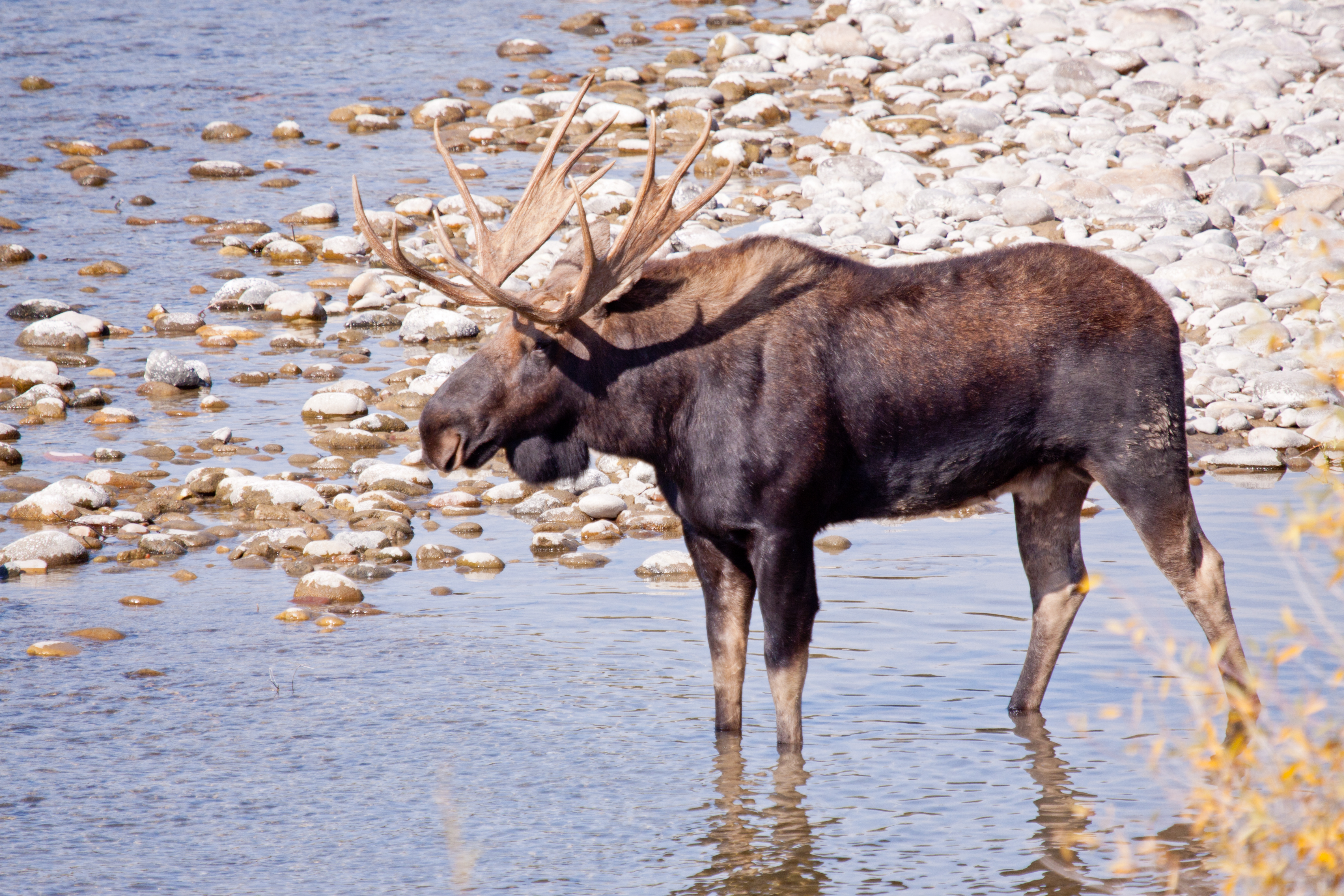An illegally killed bull moose was discovered recently in Idaho Fish and Game's Southwest Region, and Fish and Game conservation officers are asking the public for information to bring the poacher to justice.

On Saturday, Oct. 17, a large bull moose was found dead and suspected of being poached west of Tripod Meadow, which is west of Smiths Ferry, in Unit 24. Conservation officers believe the animal was shot sometime between Oct. 10 and Oct. 17.
Citizens Against Poaching (CAP) is offering a reward for information and callers can remain anonymous. Call the CAP hotline at 1-800-632-5999, available 24 hours a day. People can also report online at idfg.idaho.gov/poacher. In addition to CAP, persons with information regarding this case may also contact Officer Chris Rowley at 208-630-4341.

The bull moose poached near Tripod Meadow was one of four incidents where moose were illegally shot at in October, three of which were killed. On the morning of Friday, Oct. 16, two moose were killed in separate incidents in the Landmark and Snowbank areas of Valley County. In both cases, inexperienced hunters mistook the moose for elk, and immediately called and reported the shootings.
"Potentially, killing a moose during closed season could result in a felony and a $10,000 restitution to the state, but other options exist for people who come forward and handle the mistake correctly," Conservation Officer Marshall Haynes said. "To put it simply, hunters are always responsible for knowing their target, and this isn't a mistake they should be making. However, in the event that a mistake is made, doing the right thing and self-reporting will save you a lot of trouble in the long run."
A third incident took place on Saturday morning, just north of Payette Lake. A Fish and Game conservation officer located two hunters who stated that they mistook a moose for an elk when witnesses observed them shooting multiple shots at a bull moose from a long distance. After investigating the shooting scene, the conservation officer was unable to locate any blood, and it is believed that the moose was not hit. While this incident probably ended happily for this individual moose, the events of the past weekend could have negative effects for Southwest Idaho's already small moose population.
"The Southwest Region has a low density of moose," said Hollie Miyasaki, a moose biologist with Fish and Game. "Illegally killing three moose in an area where we don't have a large enough population to have a hunt could have a negative impact on this population of moose."
Know your bulls
In almost all of the state's elk zones, there is a possibility that elk hunters could encounter a moose while out in the field, so it's crucial that they are able to tell moose from elk. It's also their ethical and legal responsibility to be 100 percent positive of their target before taking a shot. Luckily, the two species are easily distinguishable.
Elk range in color from light brown in winter to reddish tan in summer, and have characteristic buff-colored rumps. In winter, a dark brown, shaggy mane hangs from the neck to the chest. Bull elk have large, spreading antlers.

Moose are dark brown with grayish legs. They have a large, overhanging snout and a dewlap on the throat. The antlers on the male are massive, palmate, and flat.

While the two species are easily identifiable, sometimes conditions can make doing so more difficult. However, whether it's low-light conditions, a long-distance view of the animal, poor judgement by the hunter, or a combination of those or other circumstances, the hunter is ultimately responsible for positively identifying their target before pulling the trigger.
"It's a pretty simple principle, and it's one of the first things you are taught in hunter education: If there is any doubt at all, you should never take that shot," Haynes said. "There is no excuse for shooting the wrong animal."

